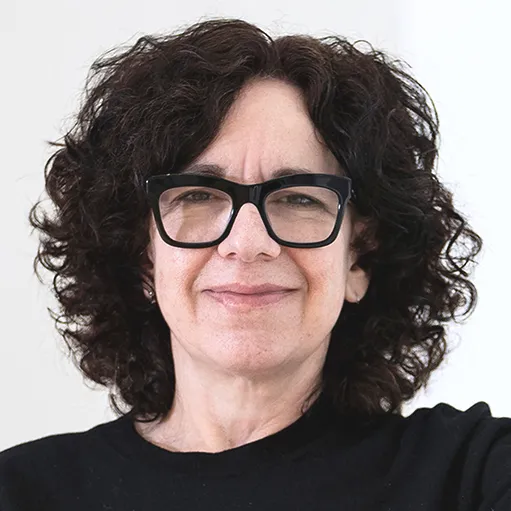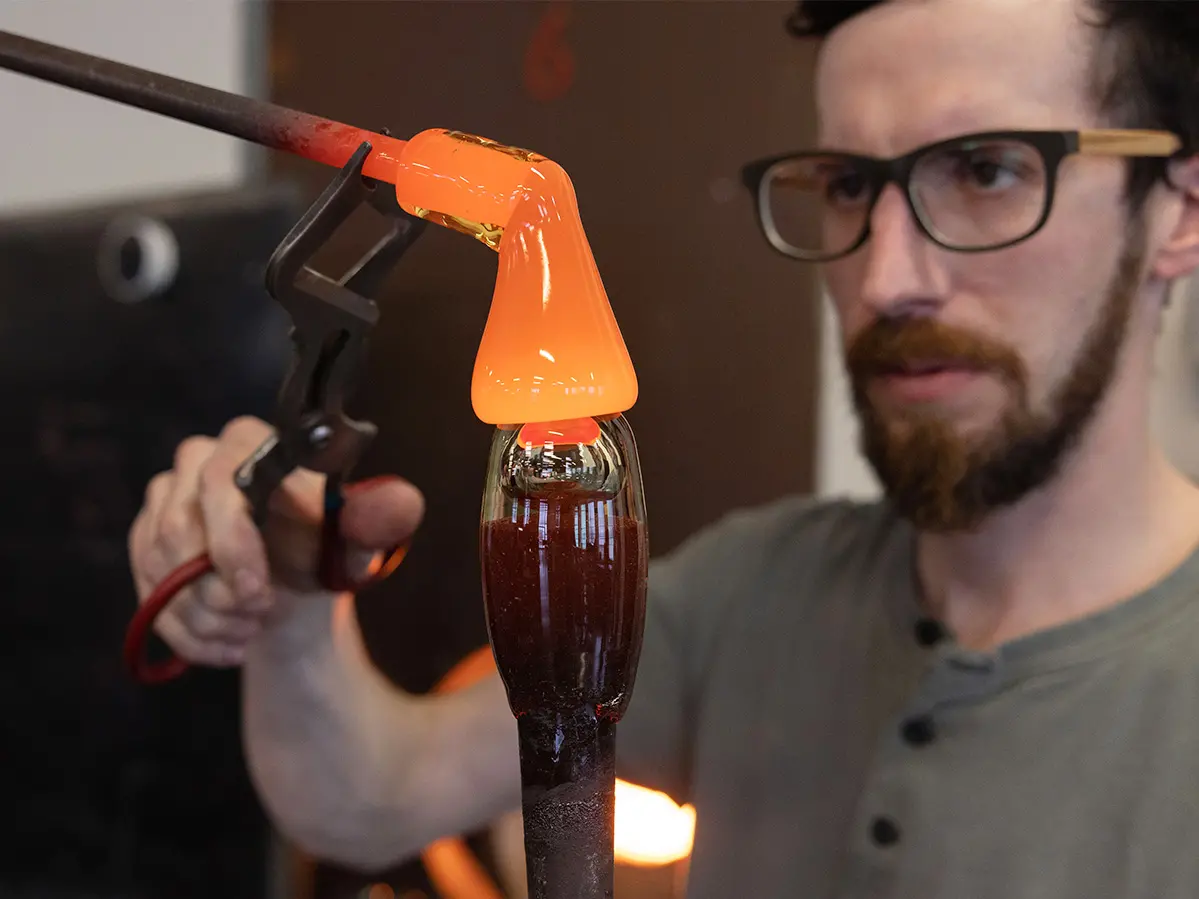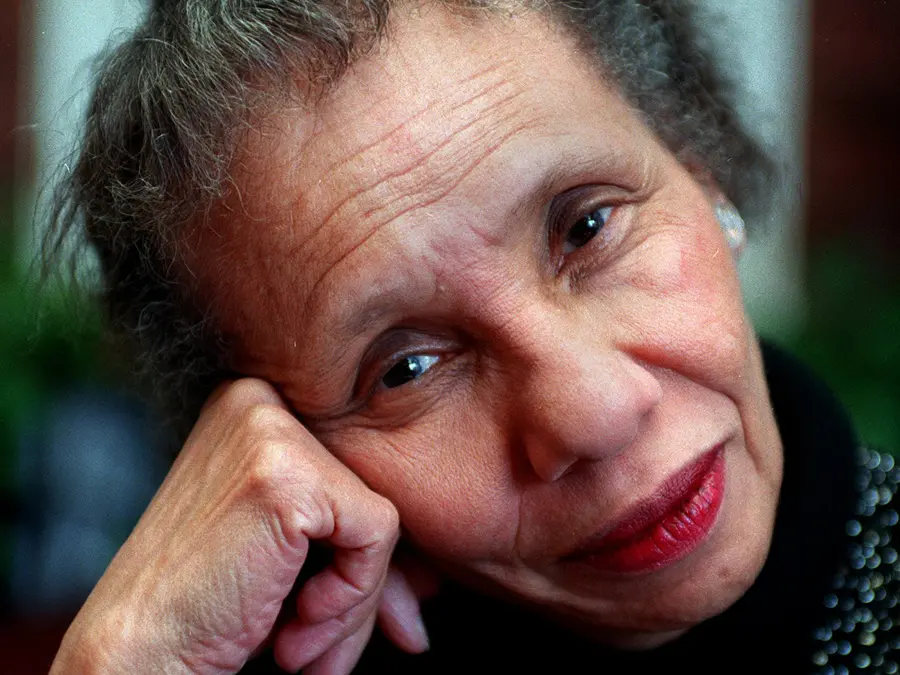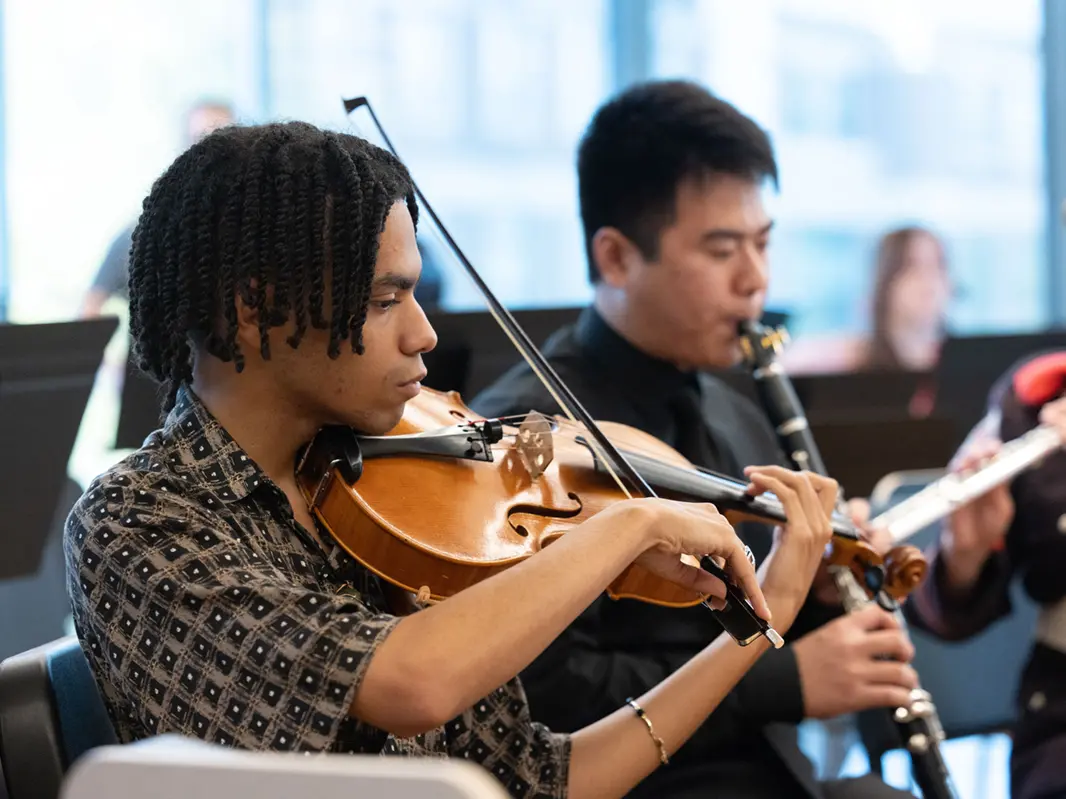New director of the Wex: ‘Very fulfilling so far’
Gaëtane Verna finds meaning, opportunities and endless fascination at Ohio State and the Wexner Center for the Arts.
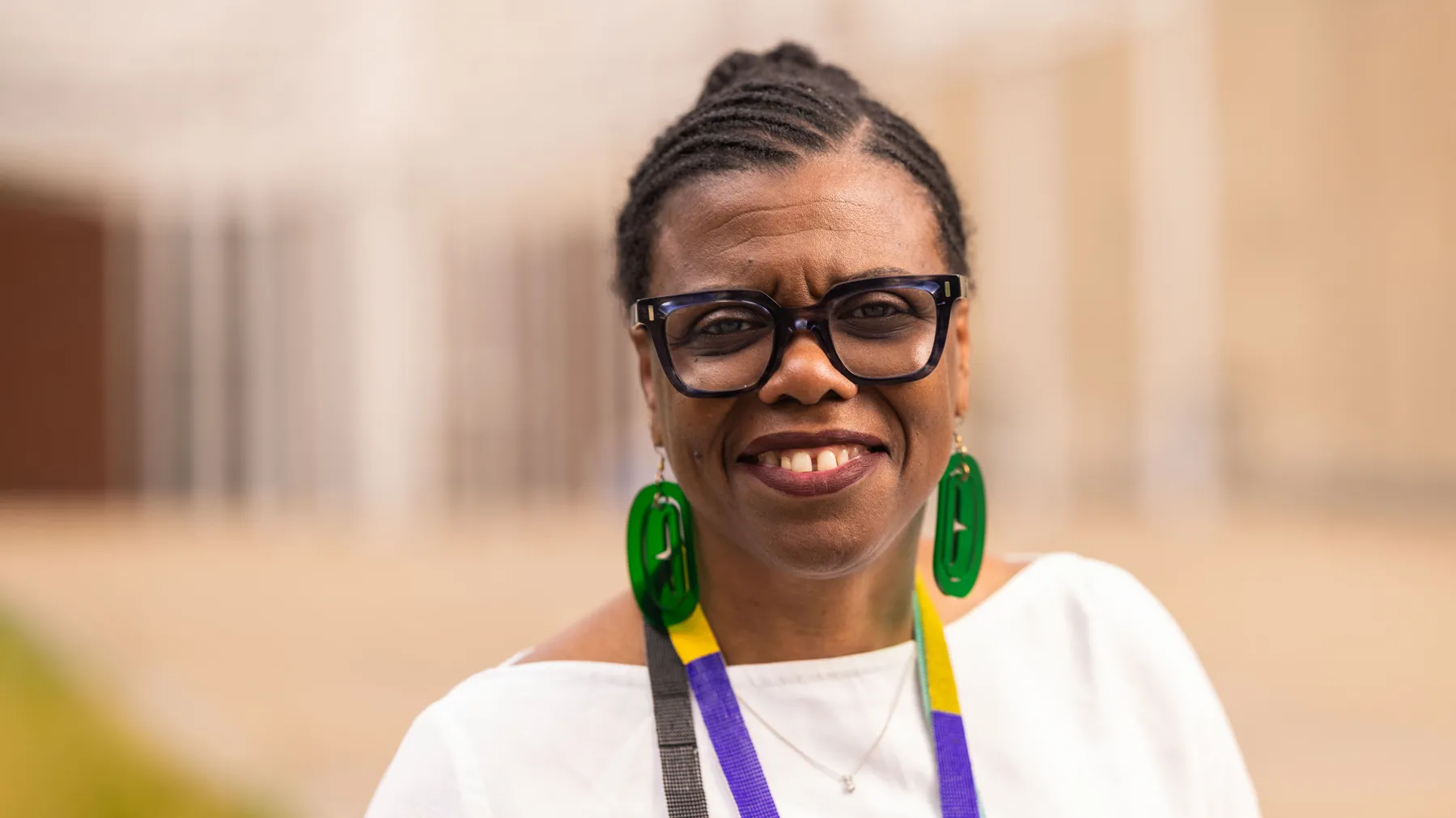
(Photo by Jodi Miller)
November will mark one year since Gaëtane Verna moved from Toronto, Canada, where she was director and artistic director of The Power Plant Contemporary Art Gallery, to Columbus to become executive director of the Wexner Center for the Arts.
With a new season of exhibitions, films, performances and talks kicking into high gear in the fall, Verna reflected on what she’s learned in her time at the Wex and at Ohio State, what she likes about Columbus, and what she hopes to accomplish in the future.
-
What appealed to you about coming to the Wexner Center?
I would say the reasons that prompted the building of such an institution and the intentions behind it — the concept of a multidisciplinary center, embedded on a large public campus, but also in a town of 900,000 people. There’s a multiplicity of communities to engage. There’s also the fact that the center is commissioning and producing new works, being a catalyst for artists to push the boundaries of their imagination with our support. It’s an institution of big ideas, an environment in which one should not be afraid to take certain leaps and bounds and to dare to address all subject matter.
The other essential factor is leading an art center in a research institution with all these knowledgeable faculties. We can find shared points of interest. How can the Wexner Center for the Arts bring contemporary arts practice, with all its diverse points of view, to the forefront of conversations around research and higher education? And then there are students — how hopefully, we can provide the opportunity to discover an interest, maybe a passion, while they’re at the university.
-
How has your experience compared to your expectations?
It’s been very fulfilling so far. I see so many possibilities, especially when I think of what we can do collectively.
I feel there’s a real engagement from the university community in terms of the Wexner Center for the Arts being a cornerstone of the arts district project. Everyone’s rooting for the same team. There’s this trust and yearning to collectively deliver something that heightens everybody’s expectations. That type of environment is one in which I thrive.
-
What role do you see arts and the Wex playing in society today?
To be an institution that presents the art of our time means that we must be in tune with issues that resonate with people’s day-to-day lives, their struggles and dreams for the future. From food insecurity to cost of living, to the proliferation of arms, to all questions of othering and our current angst, as well as our ability to hope and aspire — all these we tackle with the works presented. There’s not enough space or time in the day to do everything that we need to address, but I feel a contemporary arts center should be nimble.
-
What role do you see yourself playing in shaping the center’s curatorial content?
For as long as I have been working in the field, I have had the immense privilege to curate and provide artistic direction to the gallery or museum I was leading. It is a hard habit to break. I’m always going to be interested in what’s being shown at the Wex, mostly because I cannot lead an organization if I don’t fundamentally believe in the artistic direction and the works presented. The joy of being an executive director is one’s ability to shape a program in conversation with the programmers, who are specialists in their respective areas.
There has to be a tone to an institution, an overarching shared vision. What do we want our audience to feel when they cross our threshold? Why do we choose the works? And how do we engage the audience in a stimulating and thought-provoking exchange? The sum of these parts is the vision of the institution.
I want to be a deep-thinking partner with each of the department heads individually and together within the center. I’m not afraid to be challenged. It pushes me to articulate also why something fits with an overarching vision.
More at the Wex
See what events and exhibitions are upcoming, as well as how to visit the Wexner Center for the Arts, on its website.
-
Beyond showing art, the Wexner Center uses art to help people build resilience and healthier lives. Why do you think that’s important?
The pandemic, which we all had to deal with in different ways, is one example. People are finally more comfortable going out but they’re still dealing with the effects of so much isolation, trauma, and different forms of maelstrom. There’s a loneliness epidemic in America, and it’s affecting people’s mental and physical health.
The arts can help break that cycle of loneliness. A place like the Wex creates space for people to connect and to express themselves. Art resonates within each of us differently, but at the same time, it reflects our shared humanity. This is something we believe in as an organization, and we take this responsibility seriously. There’s research proving that the arts can provide health benefits, and we’re working with artists, doctors at the medical center, and various social service groups on studies such as this through our Art and Resilience department.
-
How do you see the Wex fitting into the local arts and museum scene?
I’m really impressed by the community and their dedication to their respective art forms, and to their audiences. I did not expect to find so many large-scale institutions. It makes for a thriving arts environment.
I also feel that the more we present interesting programs, when people visit Columbus, they’ll stay longer because they’ll take stock and think, “Oh, I have to go to the Columbus Museum of Art,” or COSI, or the Wexner Center, or the beautiful Beeler Gallery at the Columbus College of Art and Design, or the Lincoln Theatre, or to experience the work of Maroon Arts Group, among others. Why couldn’t the world come to us right here?
-
Has anything surprised you about the Wex or Ohio State?
There’s care to how things are done. I’m impressed that there are shared values and a team at OSU who is charged with meeting with staff members to present, discuss and further explain those values. This type of work is never done and is so imperfect. And I like the sense of community that seems to be embedded, even though it’s an imposing and vast campus.
-
What are you excited about in terms of institutional goals for the future and programming in the days ahead?
I look forward to drafting a strategic plan and delivering it at the end of fall, and to hold retreats with all staff members to provide them space to bring their voices to this. Then to go to stakeholders inside and outside the university. Once we have an institutional plan, I will request that every department establishes their own plan derived from the overarching one. In the end, all these plans will inform our vision for the next three years.
For programming, there are this autumn’s original solo exhibitions with newly commissioned works by Harold Mendez and Sahar Khoury. They are multidisciplinary artists; in their individual exhibitions, they present works that explore use of ceramics. Both benefited from production residencies with Cerámica Suro in Guadalajara, Mexico. We are also presenting the sculptures and video work of Jumana Manna. This exhibition comes to us from MoMA PS1. I encountered her work as part of the Toronto Biennale of Art in 2019 and 2022; as such, it feels like an old friend that one gets to revisit.
There is much more, I’m particularly excited to attend Unorthodocs the Wexner Center’s October film festival of creative nonfiction filmmaking, for the first time. And I’m overjoyed that we will be presenting, with the Office of Academic Affairs, Blind Boys of Alabama in November.
In January, there is Sarah Maldoror: Tricontiental Cinéma, the first exhibition dedicated to Maldoror’s exceptional work. She was a pioneer of African cinema, engaged in the liberation movements of Portuguese colonies and involved with the major Caribbean poets. The exhibition was produced by the Palais de Tokyo in Paris, France. Our team has reimagined it and worked across departments to expand the view of Maldoror’s influence on other artists. These programs encapsulate what the Wex does best.
